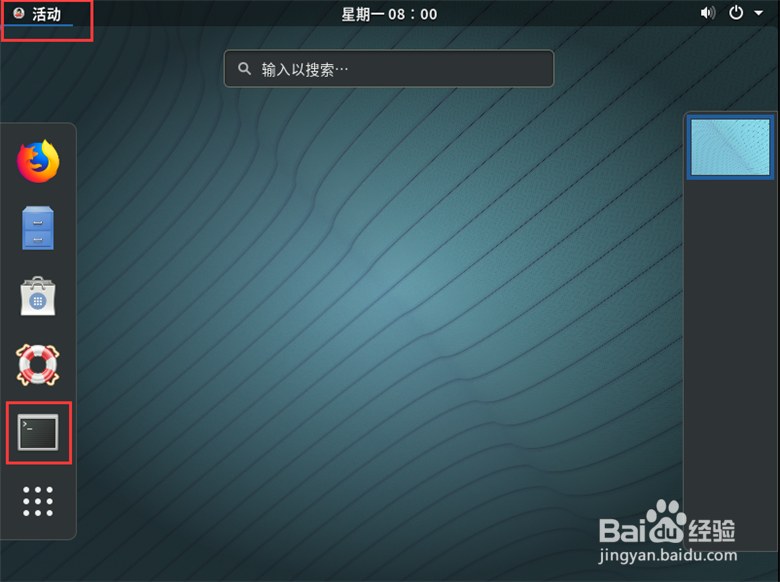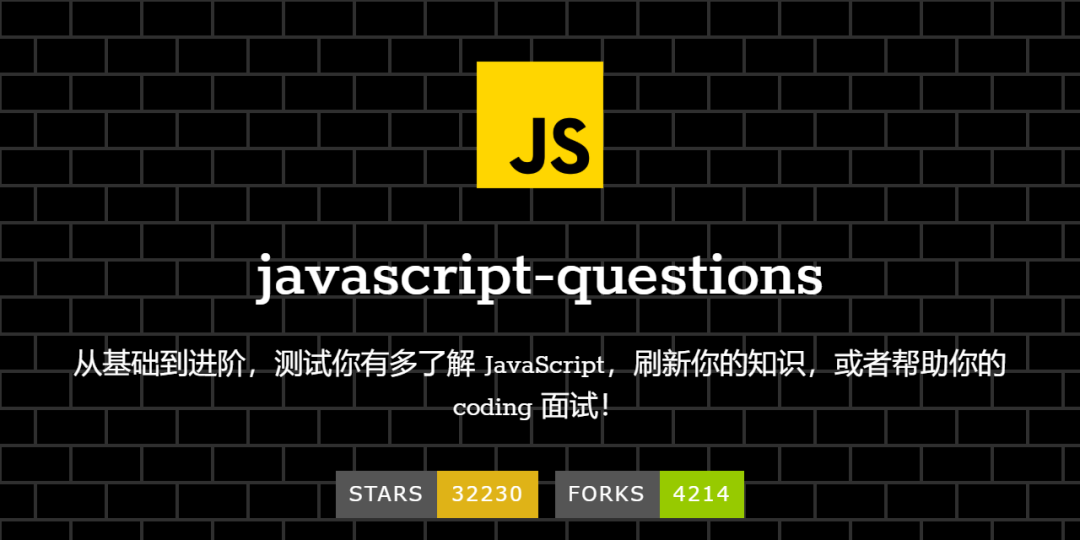Pandas-数据操作-字符串型(二):常用方法【lower、upper、len、startswith、endswith、strip、lstrip、replace、split、rsplit】
一、字符串常用方法:lower,upper,len,startswith,endswith
import numpy as npimport pandas as pds = pd.Series(['A', 'b', 'bbhello', '123', np.nan])print("s = \n", s)print('-' * 200)print("lower小写: s.str.lower() = \n", s.str.lower())print('-' * 200)print("upper大写: s.str.upper() = \n", s.str.upper())print('-' * 200)print("len字符长度: s.str.len() = \n", s.str.len())print('-' * 200)print("判断起始是否为b: s.str.startswith('b') = \n", s.str.startswith('b'))print('-' * 200)print("判断结束是否为3: s.str.endswith('3') = \n", s.str.endswith('3'))
打印结果:
s =0 A1 b2 bbhello3 1234 NaNdtype: object--------------------------------------------------------------------------------------------------------------------------------------------------------------------------------------------------------lower小写: s.str.lower() =0 a1 b2 bbhello3 1234 NaNdtype: object--------------------------------------------------------------------------------------------------------------------------------------------------------------------------------------------------------upper大写: s.str.upper() =0 A1 B2 BBHELLO3 1234 NaNdtype: object--------------------------------------------------------------------------------------------------------------------------------------------------------------------------------------------------------len字符长度: s.str.len() =0 1.01 1.02 7.03 3.04 NaNdtype: float64--------------------------------------------------------------------------------------------------------------------------------------------------------------------------------------------------------判断起始是否为b: s.str.startswith('b') =0 False1 True2 True3 False4 NaNdtype: object--------------------------------------------------------------------------------------------------------------------------------------------------------------------------------------------------------判断结束是否为3: s.str.endswith('3') =0 False1 False2 False3 True4 NaNdtype: objectProcess finished with exit code 0
二、字符串常用方法:strip
import numpy as npimport pandas as pd# 字符串常用方法(2) - strips = pd.Series([' jack', 'jill ', ' je sse ', 'frank'])df = pd.DataFrame(np.random.randn(3, 2),columns=[' Column A ', ' Column B '],index=range(3))print("s = \n", s)print('-' * 200)print("df = \n", df)print('-' * 200)# 去除字符串左右的空格print("去除字符串左右的空格: s.str.strip() = \n", s.str.strip())# 去除字符串中的左空格print("去除字符串中的左空格: s.str.lstrip() = \n", s.str.lstrip())# 去除字符串中的右空格print("去除字符串中的右空格: s.str.rstrip() = \n", s.str.rstrip())# 这里去掉了columns的前后空格,但没有去掉中间空格df.columns = df.columns.str.strip()print("df = \n", df)print('-' * 200)
打印结果:
s =0 jack1 jill2 je sse3 frankdtype: object--------------------------------------------------------------------------------------------------------------------------------------------------------------------------------------------------------df =Column A Column B0 -1.318646 -0.8316491 -0.339870 -1.1412312 -0.024364 -2.163961--------------------------------------------------------------------------------------------------------------------------------------------------------------------------------------------------------去除字符串左右的空格: s.str.strip() =0 jack1 jill2 je sse3 frankdtype: object去除字符串中的左空格: s.str.lstrip() =0 jack1 jill2 je sse3 frankdtype: object去除字符串中的右空格: s.str.rstrip() =0 jack1 jill2 je sse3 frankdtype: objectdf =Column A Column B0 -1.318646 -0.8316491 -0.339870 -1.1412312 -0.024364 -2.163961--------------------------------------------------------------------------------------------------------------------------------------------------------------------------------------------------------Process finished with exit code 0
三、字符串常用方法:replace
import numpy as npimport pandas as pd# 字符串常用方法(3) - replacedf = pd.DataFrame(np.random.randn(3, 2),columns=[' Column A ', ' Column B '],index=range(3))# 替换df.columns = df.columns.str.replace(' ', '-')print("df = \n", df)print('-' * 200)# n:替换个数df.columns = df.columns.str.replace('-', '*', n=1)print("df = \n", df)
打印结果:
df =-Column-A- -Column-B-0 0.704728 -0.8359291 1.478930 -2.7085382 0.585825 -1.395908--------------------------------------------------------------------------------------------------------------------------------------------------------------------------------------------------------df =*Column-A- *Column-B-0 0.704728 -0.8359291 1.478930 -2.7085382 0.585825 -1.395908Process finished with exit code 0
四、字符串常用方法:split、rsplit
import numpy as npimport pandas as pd# 字符串常用方法(4) - split、rsplits = pd.Series(['a,b,c', '1,2,3', ['a,,,c'], np.nan])print("s = \n", s)print('-' * 200)# 类似字符串的splitdata1 = s.str.split(',')print("data1 = s.str.split(',') = \n{0} \ntype(data1) = {1}".format(data1, type(data1)))print('-' * 100)# 直接索引得到一个listdata2 = data1[0]print("data2 = data1[0] = s.str.split(',')[0] = \n{0} \ntype(data2) = {1}".format(data2, type(data2)))print('-' * 100)# 可以使用get或[]符号访问拆分列表中的元素data3 = s.str.split(',').str.get(1)print("data3 = s.str.split(',').str.get(1) = \n{0} \ntype(data3) = {1}".format(data3, type(data3)))print('-' * 200)# 可以使用expand可以轻松扩展此操作以返回DataFrame# n参数限制分割数# rsplit类似于split,反向工作,即从字符串的末尾到字符串的开头data4 = s.str.split(',', expand=True)print("data4 = s.str.split(',', expand=True) = \n{0} \ntype(data4) = {1}".format(data4, type(data4)))print('-' * 100)data5 = s.str.split(',', expand=True, n=1)print("data5 = s.str.split(',', expand=True, n=1) = \n{0} \ntype(data5) = {1}".format(data5, type(data5)))print('-' * 100)data6 = s.str.rsplit(',', expand=True, n=1)print("data6 = s.str.rsplit(',', expand=True, n=1) = \n{0} \ntype(data6) = {1}".format(data6, type(data6)))print('-' * 200)# Dataframe使用splitdf = pd.DataFrame({'key1': ['a,b,c', '1,2,3', [':,., ']],'key2': ['a-b-c', '1-2-3', [':-.- ']]})print("df = \n", df)print('-' * 100)data7 = df['key2'].str.split('-')print("data7 = df['key2'].str.split('-') = \n{0} \ntype(data7) = {1}".format(data7, type(data7)))print('-' * 200)
打印结果:
s =0 a,b,c1 1,2,32 [a,,,c]3 NaNdtype: object--------------------------------------------------------------------------------------------------------------------------------------------------------------------------------------------------------data1 = s.str.split(',') =0 [a, b, c]1 [1, 2, 3]2 NaN3 NaNdtype: objecttype(data1) = <class 'pandas.core.series.Series'>----------------------------------------------------------------------------------------------------data2 = data1[0] = s.str.split(',')[0] =['a', 'b', 'c']type(data2) = <class 'list'>----------------------------------------------------------------------------------------------------data3 = s.str.split(',').str.get(1) =0 b1 22 NaN3 NaNdtype: objecttype(data3) = <class 'pandas.core.series.Series'>--------------------------------------------------------------------------------------------------------------------------------------------------------------------------------------------------------data4 = s.str.split(',', expand=True) =0 1 20 a b c1 1 2 32 NaN NaN NaN3 NaN NaN NaNtype(data4) = <class 'pandas.core.frame.DataFrame'>----------------------------------------------------------------------------------------------------data5 = s.str.split(',', expand=True, n=1) =0 10 a b,c1 1 2,32 NaN NaN3 NaN NaNtype(data5) = <class 'pandas.core.frame.DataFrame'>----------------------------------------------------------------------------------------------------data6 = s.str.rsplit(',', expand=True, n=1) =0 10 a,b c1 1,2 32 NaN NaN3 NaN NaNtype(data6) = <class 'pandas.core.frame.DataFrame'>--------------------------------------------------------------------------------------------------------------------------------------------------------------------------------------------------------df =key1 key20 a,b,c a-b-c1 1,2,3 1-2-32 [:,., ] [:-.- ]----------------------------------------------------------------------------------------------------data7 = df['key2'].str.split('-') =0 [a, b, c]1 [1, 2, 3]2 NaNName: key2, dtype: objecttype(data7) = <class 'pandas.core.series.Series'>--------------------------------------------------------------------------------------------------------------------------------------------------------------------------------------------------------Process finished with exit code 0



































还没有评论,来说两句吧...